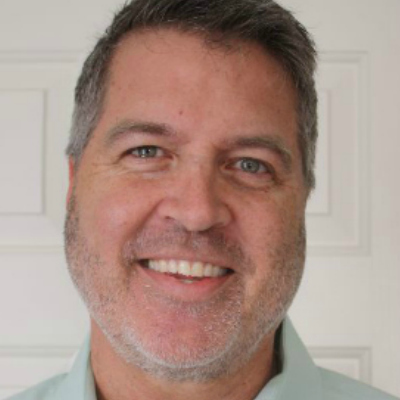HIMSS16 – Social Media Ambassador @ShimCode
When you have a conference that brings together more than 40,000 health IT professionals clinicians vendors executives patients and speakers you to pull out the social media big guns. I have the pleasure of talking to Steve Sisko known as @shimcode in twitter about being a Social Media Ambassador for HIMSS 16 on Get Social Health.
Being a Social Media Ambassador for the largest healthcare conference is a privilege and an honor and a lot of work. If you can’t attend a conference look up the hashtag for the event, follow the action and participate. You’ll be amazed at how engaged you can be even from afar. Listen to the podcast or drop in at the time stamps below.
00:00 Intro
00:51 Meet Steve Sisko @ShimCode
01:50 What’s it like in Healthcare IT
03:26 Health IT is more about the patient now
05:24 What is your “day-job”?
06:15 The “ShimCode” story
06:40 Translator between business, IT & social media
07:45 The ShimCode Blog
09:19 Giving back to people with real information needs
10:26 hitconfguy.com
11:50 Freedom to speak your mind
12:37 Joe Lavelle @Resultant >> Massive content curation
14:22 Tools and process for content curation
15:26 Four monitors to manage flow of information
16:40 Email management
18:00 What tools do you use?
18:35 Work-life balance (What does the wife say?)
20:20 Twitter @ShimCode
21:28 #HIMSS16 Social Media Ambassador
24:13 He’s a Grain of Sand!
25:37 How any Ambassadors are there?
28:25 Not hard to get started
29:50 Seeking help in Twitter
30:26 Favorite Tweet Chats #HITsm #hcsm #KareoChat
32:38 Storify to curate?
33:33 Is the Healthcare IT slow to join social media?
26:10 Intellectual Property graphic (see below)
37:12 Social Media Tip: Jason Pratt with Mayo Clinic Center for Social Media: “Tweet about what interests you.”

Steve Sisko on LinkedIn
Steve Sisko’s Blog
Steve Sisko on Twitter
HIMSS16 Social Media Ambassadors
Steve Sisko on the @HCPodcasters Blab February 29, 2016
Steve’s Compendium of Twitter Lists
Social Media Tip: Jason Pratt of Mayo Clinic Center for Social Media
Podcast: Play in new window | Download



